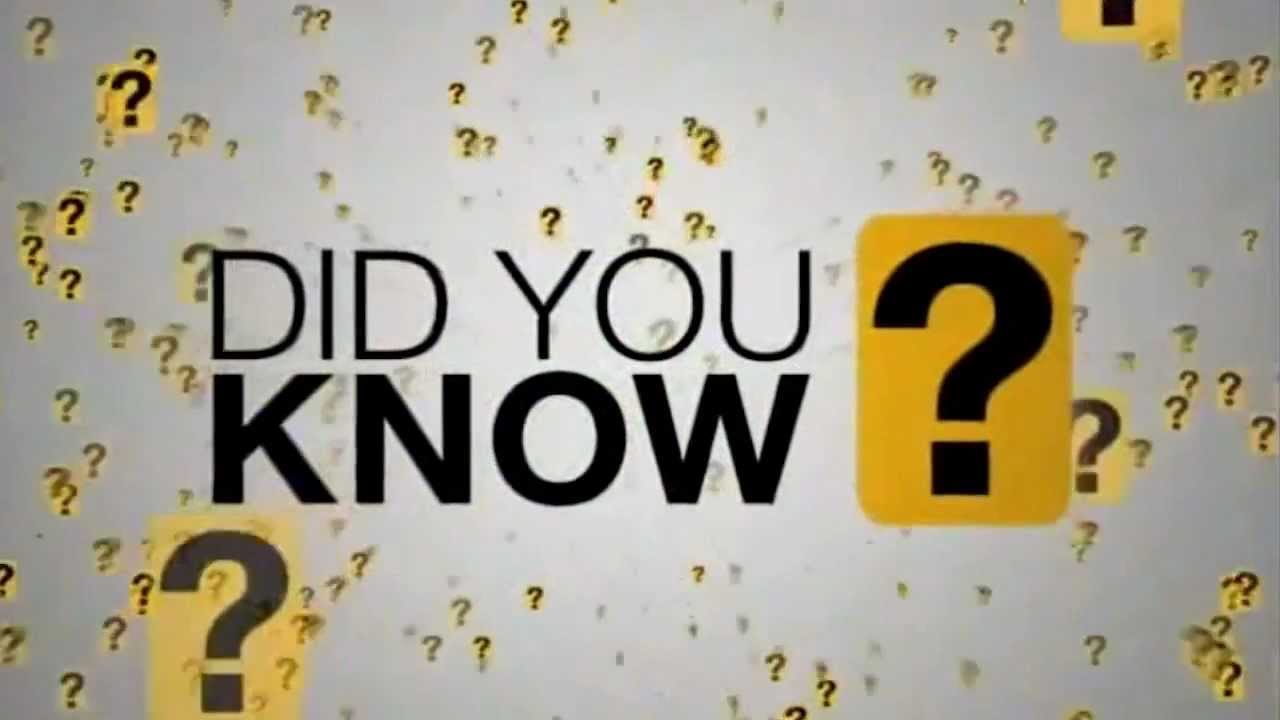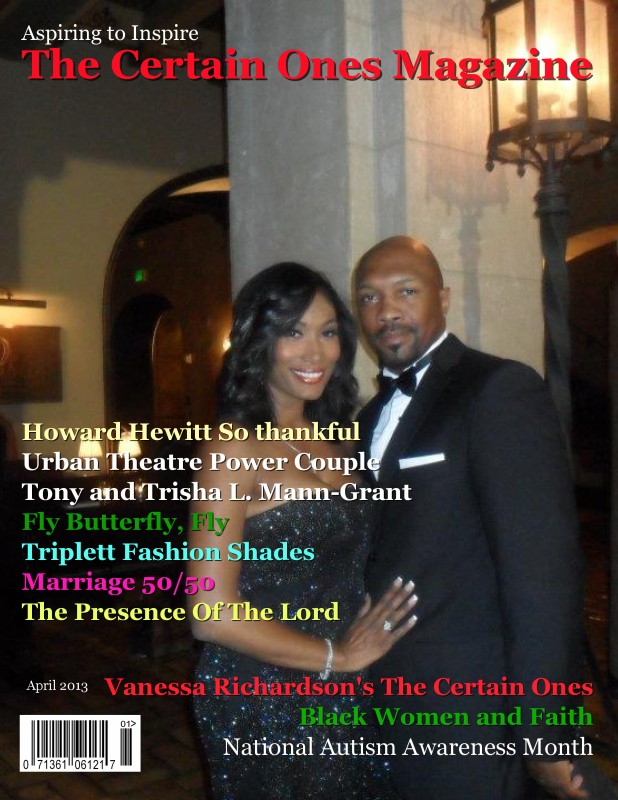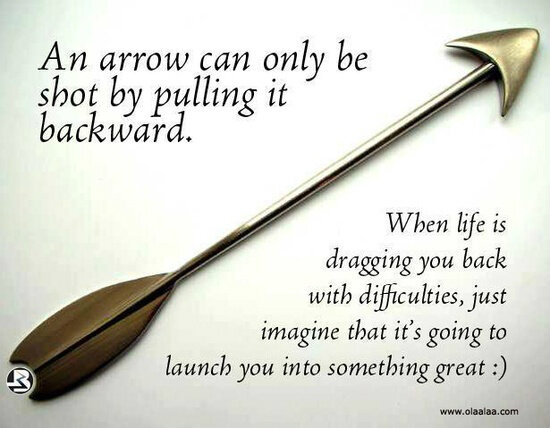Posted by The Certain Ones in Inspiration, Inspirational | 0 Comments
Bet you didn’t know: New Year’s History
Change and the possibility to leave the old behind had always been a major theme for humanity. Without it there would be no room for hope and no prospects for the future. Living in strong bond with nature and depending on it for our well being meant we had to observe the big cycles at the base of it and act according to them. All traditions of welcoming the New Year revolve around our desire to bring that cyclicality into our own lives and benefit from it.
Celebrating New Year is one of the oldest traditions in the world, regardless of the calendar system used. It seems that the first time it took place was in Babylon, about 4000 years ago. The holyday was in strict relation with the Winter Solstice and celebrations were usually extended over a period of 15 days. Although in mid winter (at least for the Northern Hemisphere), the Winter Solstice marks the moment when the sun begins again to can height over the horizon in its daily commute from east to west. With the shortest day of the year (in terms of hours of natural light), the sun is “rebirth” into a new cycle.
In ancient Egypt, New Year was celebrated when the Nile was flooding its banks, an event that happened in late September. The natural phenomenon was crucial for improving the fertility of a land neighboring the desert and can be held responsible for the rise of one of humanity’s first major civilization. There were certainly no fireworks for the ancient Egyptians, but enjoying opulence was definitely a way to welcome more of it.
Back to our modern times, the New Year celebration is less religious and less connected to the cycles of nature. We are more and more connected to our urban environments and tradition requires us to welcome the starting years with smile on our faces and surrounded by friends. We should eat and drink as much as possible in order to have a wealthy year ahead.
The most notable tradition surrounding New Year’s Eve is the celebration from Times Square, New York. With millions on the streets and billions watching it live on TV, it’s definitely the focal point for each end of the year. As the New Year’s Eve Ball ends its descend, an explosion of light, music and joy welcomes the starting year from the world’s most notorious metropolis.
Of course, traditions around the world vary more than we could imagine. Some are crazy enough to deserve mentioning. The Italian city of Naples is the scene for a habit defying sanity. New Year’s Eve is celebrated by throwing away furniture, glass or porcelain antiques, or anything else capable of breaking to small pieces, symbol of shuttering the memory of the passing year. The streets become a deadly trap for visitors unaware that a midnight something unexpected will fall out of the skies. Authorities are trying to break the tradition but the current actions went only at supplementing the cleaning service.
Ruginoasa is an old Romanian village, documented in the sixteenth century (1596). Here, New Year traditions take a more violent approach. Young people, divided into two hostile camps, called Deleni (people from the hill) and Văleni (people from the valley) gather in the center of the village, and choose to end the year through a beating with clubs. But this goes beyond an innocent ritual, as in the past years people had be seriously injured and even killed. Finally, the battle ends and the neutral audience chooses a winning side. Elders say that if “malanca” would not take place, it would be a bad omen for the coming year. Although local police is trying each year to stop the event, fighting tradition seems to be a fight lost from the very beginning.
As the world is divided in so many time zones, watching how New Year celebrations take place in country after country, from east to west, is a good opportunity to acknowledge your affiliation to a greater global village.






























